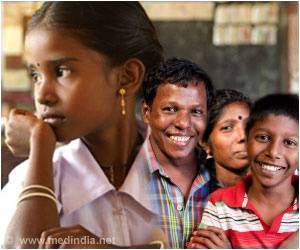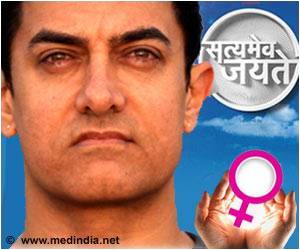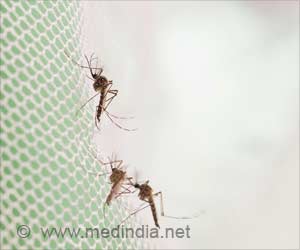Female feticide and infanticide is still widely prevalent across India. It is important that the society respects women and values their existence to stop killing girl child.

‘The country and the society really needs to ponder over the fact that if there are no women then there will be no mothers. The life cycle will end. Mankind will be extinct.’





However if by God's grace if a girl child is born, sadness looms in the house, where as if a boy child is born, there are celebrations in the house. Why is it that a boy is given more preference every time, in a country where we worship more goddesses than gods? Today girls are far ahead in all spheres of life, be it home, sports and moreover we will soon see girls in the battle ground. Those days are gone where girls were not even allowed to fly kites. Today they are ready to be airborne. Recent reports say that six women flight cadets are training at the Air Force Academy near Hyderabad and stand a chance of becoming the country's first female combat pilots. The zest and courage to do something in life have now put women on top of the world. But the bitter part is that women have to go through a lot and they have always strived for justice.
There are fathers who do support their daughters and bring them up with a lot of pride, educate them and send them to colleges. But there have been times when the society holds the girls responsible for crimes that take place against women. The parents of a girl are always fearful, once their daughter steps out from the house.
In many cases the society has held the girl or the survivor responsible. Such is the case of rape. People blame the girl for the clothes that she wears and she becomes a mockery including the parents and in extreme cases she is forced to commit suicide.
Hence, it's crucial here that the society respects women and values their existence. Nisha Chauhan who hails from Kolayat district of Bikaner which is in Rajasthan is one of the ladies who leads by example.
Advertisement
Some years back when she was informed that a woman had been admitted to a hospital for her delivery, she instantly rushed to the hospital. The lady gave birth to a beautiful girl. The family wanted to kill the girl child. She tried to convince the family, but all was in vain. Then she was asked by the family, if she had so much of love for the child, then she should adopt her. She instantly said "I will surely adopt this child." Nisha adopted her and now she is five years old and living a wonderful life with her new parents. Nisha's husband too has completely owned her as their child. She studies in one of the private schools. The decision she took to adopt the child was solely hers. She did not feel the need to consult anyone at that point of time which later was accepted by her husband too.
Advertisement
Though female foeticide and infanticide is still widely prevalent across India, recent data points to a significant social change. Even in states with low sex ratios, such as Haryana, Bihar and Uttar Pradesh, childless couples have been exhibiting a preference for girls.
Between April to June 2015, child adoption centers across India received 1,241 requests to adopt a girl against 718 for a boy. The Charkha Development Communication Network sincerely hopes that the society takes care of our girl child who are a new hope for many and are a blessing in disguise. They are the flowers of life and we should let them bloom.
Source-ANI










